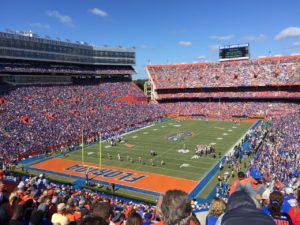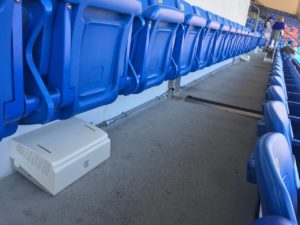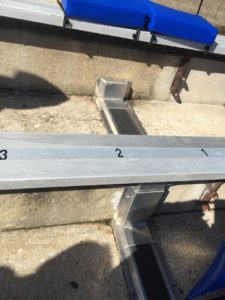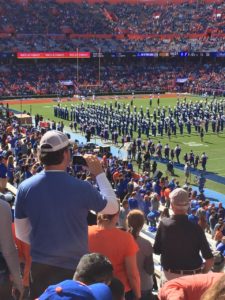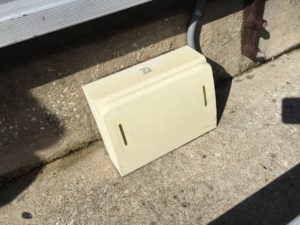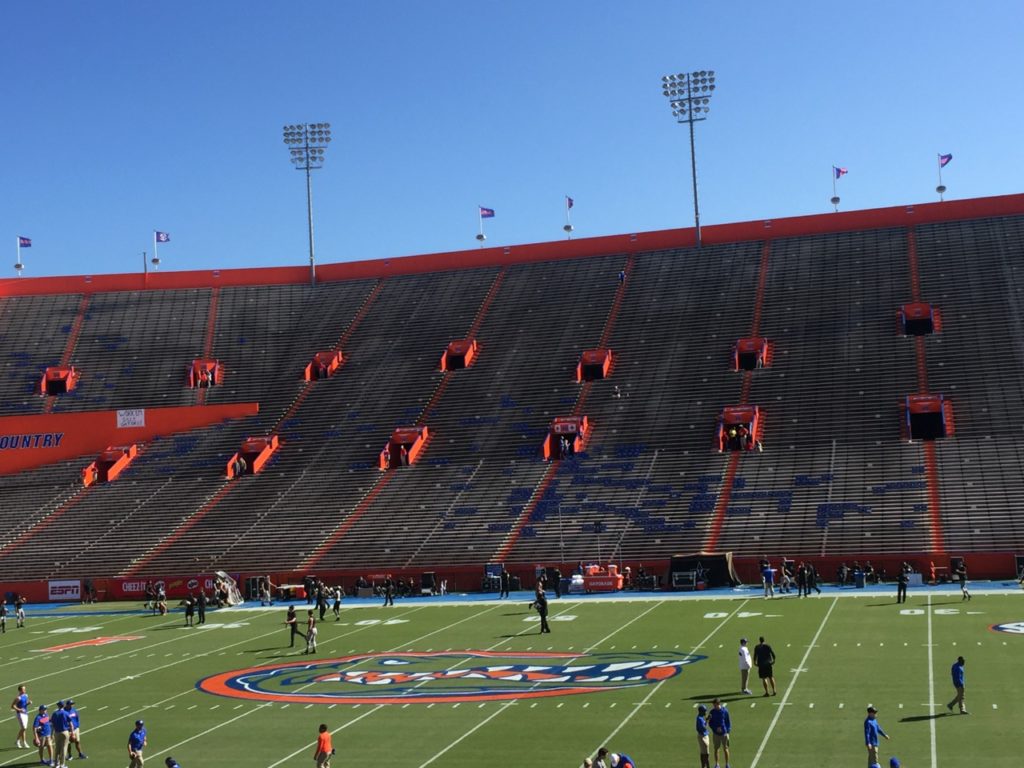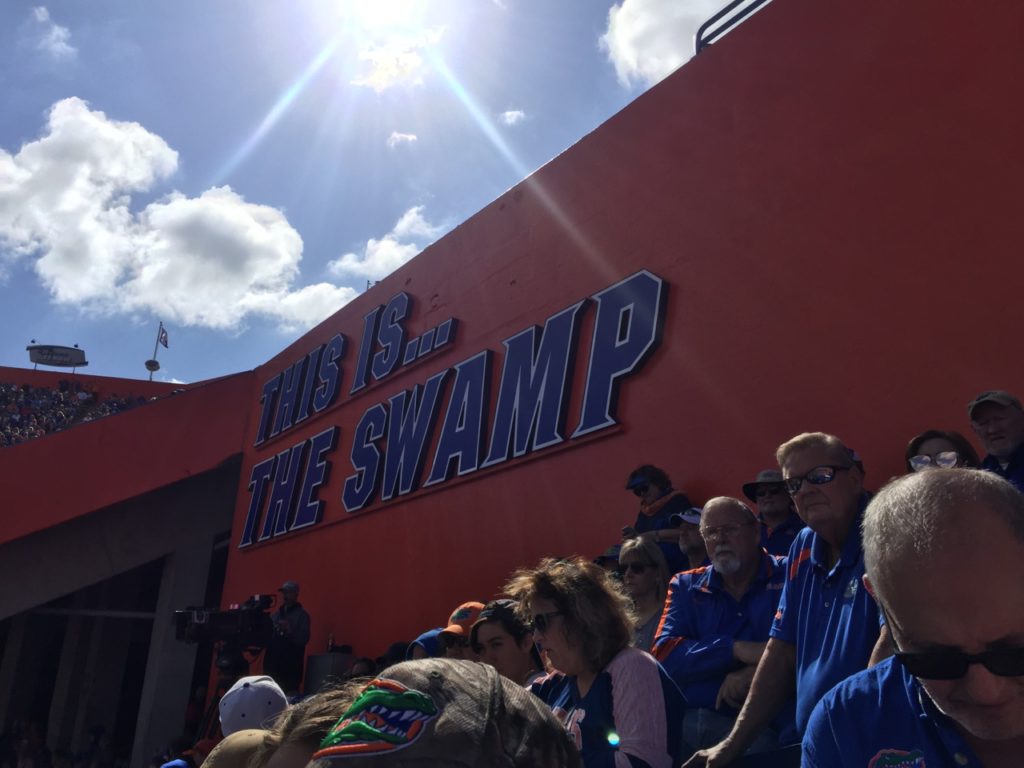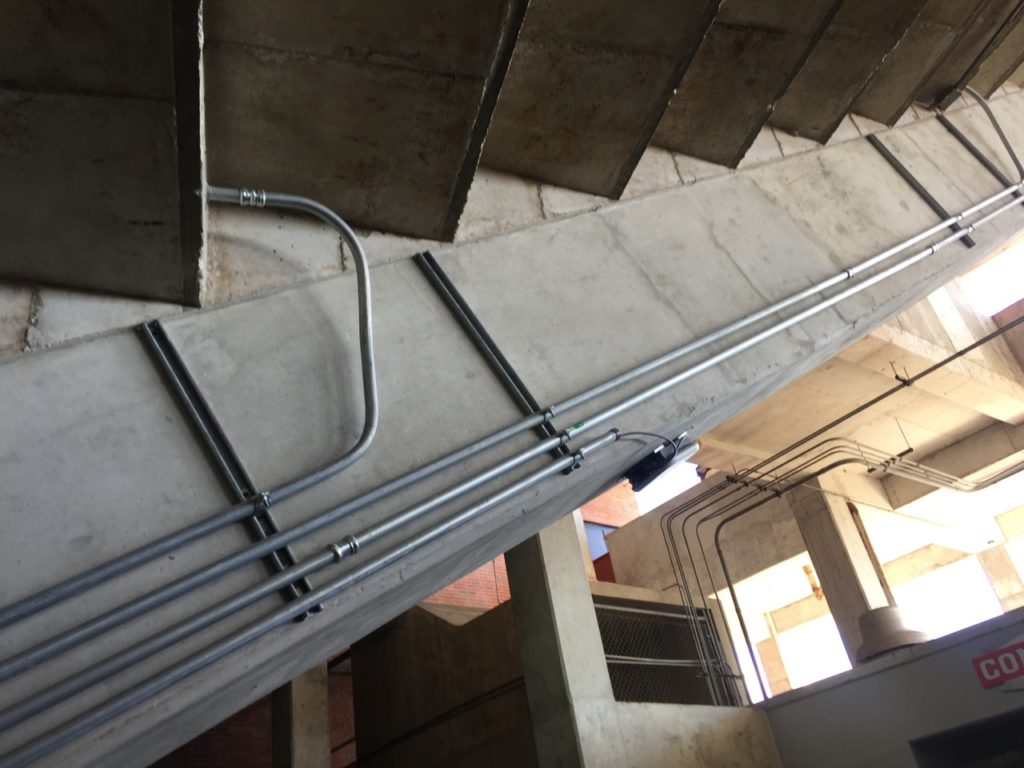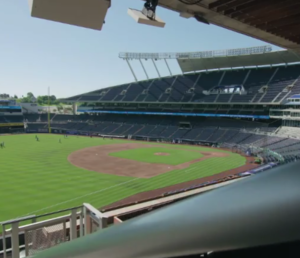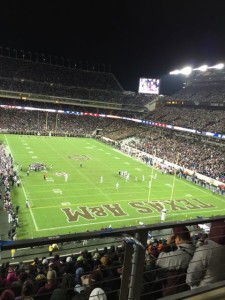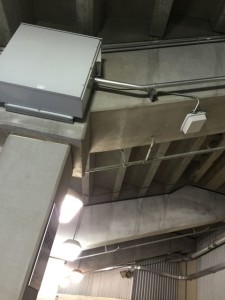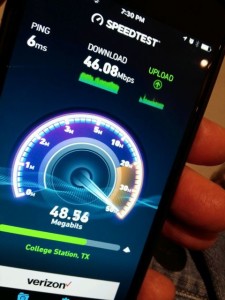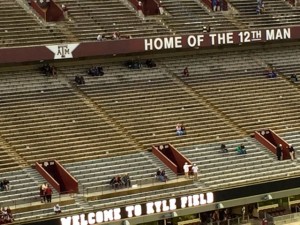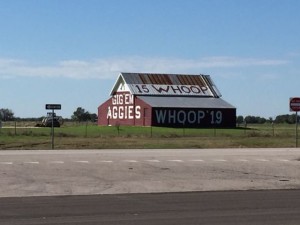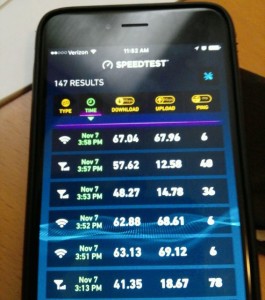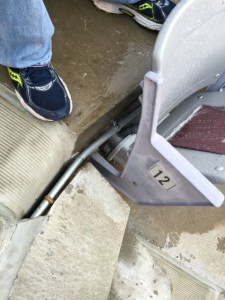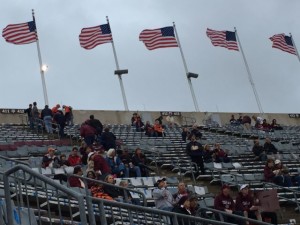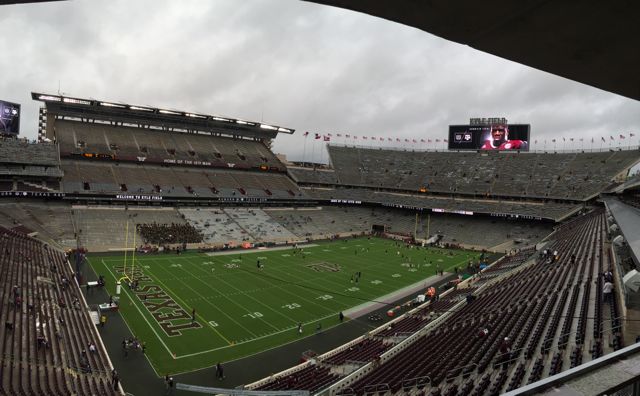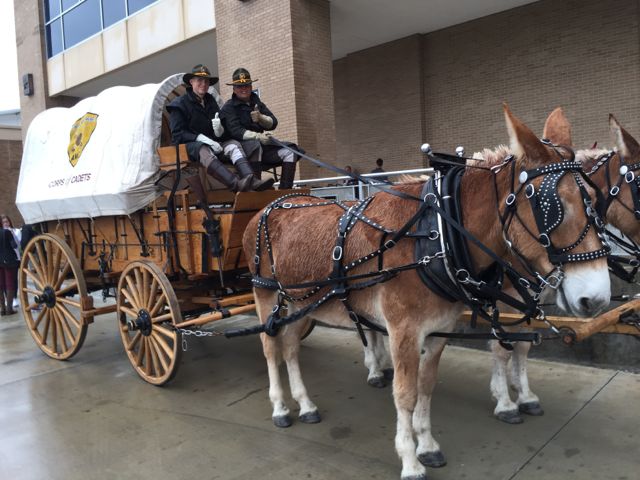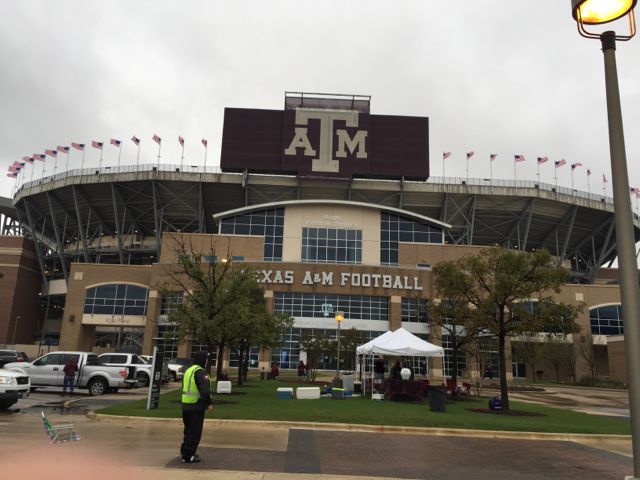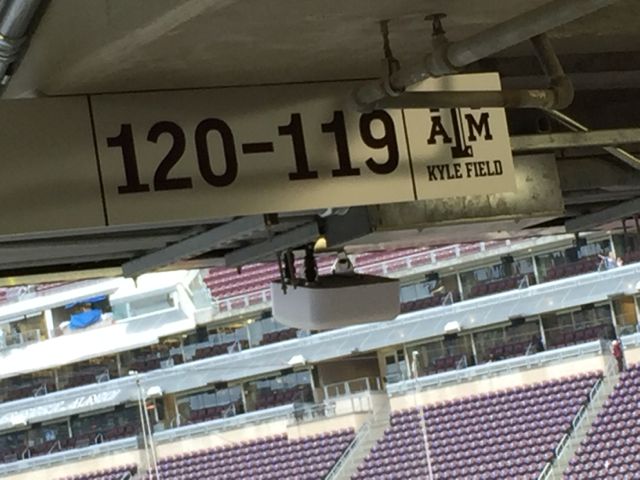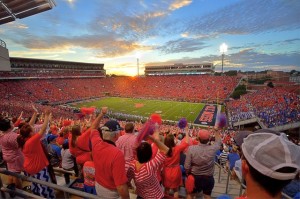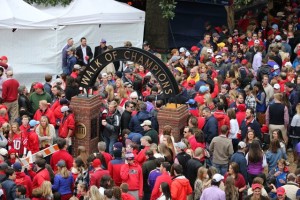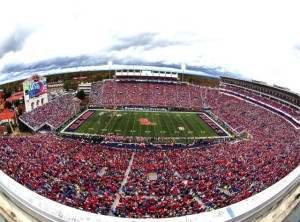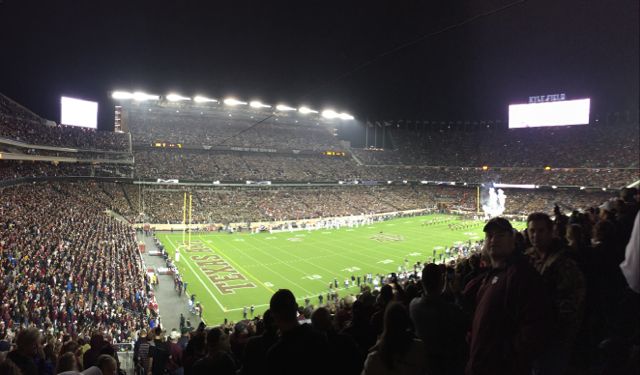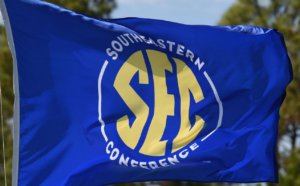 There’s still no guarantee that any games will be played at all due to the ongoing coronavirus pandemic, but in case college football does return the SEC announced Thursday that it would play a conference-only schedule starting Sept. 26.
There’s still no guarantee that any games will be played at all due to the ongoing coronavirus pandemic, but in case college football does return the SEC announced Thursday that it would play a conference-only schedule starting Sept. 26.
A release from the Southeastern Conference said “The 2020 SEC football season will be comprised of a 10-game Conference-only schedule and the SEC Football Championship Game will be played December 19 at Mercedes-Benz Stadium in Atlanta, rescheduled from the original date of December 5. The schedule will include one mid-season open date for each school and an open date on December 12 for all schools.”
The SEC joins other Power-5 conferences that have announced similar plans. Both the Big Ten and the Pac-12 are also proposing conference-only schedules, while the ACC announced this week it would play an 11-game schedule with Notre Dame joining in.
“After careful consideration of the public health indicators in our region and following advice of our medical advisors, we have determined that this is the best course of action to prepare for a safe and healthy return to competition for SEC student-athletes, coaches and others associated with our sports programs,” said SEC Commissioner Greg Sankey in a prepared statement.
